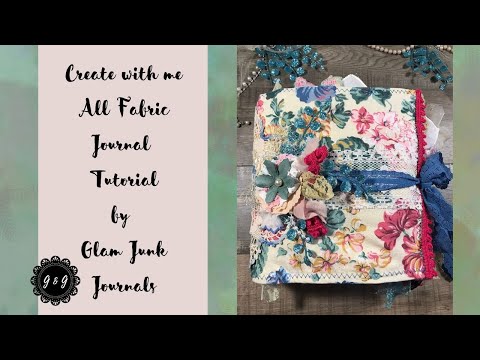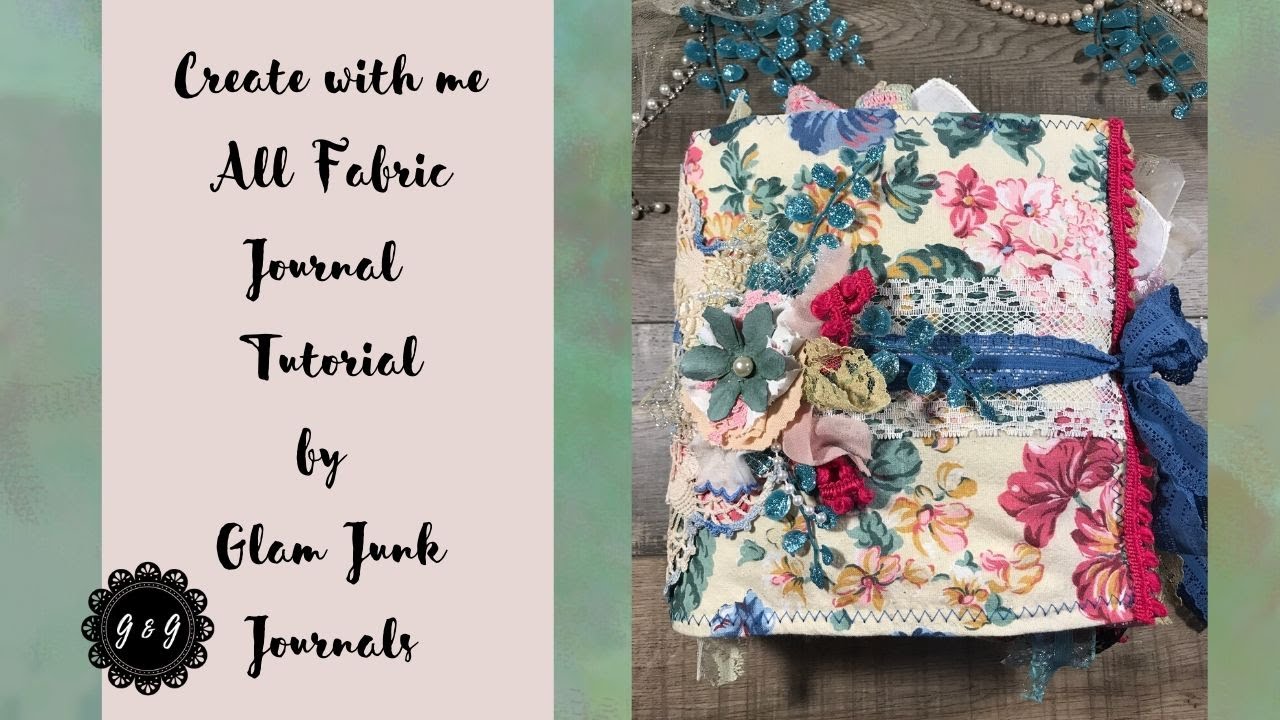Introducing the fabric journal that will revolutionize your writing experience! Are you tired of the same old plain notebooks? Look no further! Our fabric journal is here to add a touch of elegance and uniqueness to your everyday writing. Crafted with the utmost care and attention to detail, this journal is designed to inspire creativity and ignite your imagination. Made from high-quality materials, the fabric cover feels luxurious to the touch, creating a truly sensory experience every time you pick it up. With its exquisite design, this journal is not only functional but also a beautiful accessory that will make a statement wherever you go. Its durable construction ensures that it will withstand the test of time, making it the perfect companion for your writing journey. Whether you use it for jotting down your thoughts, sketching, or simply as a stylish planner, this fabric journal is sure to become an indispensable part of your daily life. Don’t settle for ordinary notebooks, indulge yourself in the extraordinary with our fabric journal and unleash your creativity like never before!

The Magic of Fabric Journals: A Creative Journey
Fabric journals are a unique and captivating form of artistic expression, combining the beauty of textiles with the personal storytelling of journaling. These handmade creations serve as a visual narrative, capturing memories, emotions, and experiences through the tactile and visually stimulating medium of fabric. In this article, we will explore the enchanting world of fabric journals, their rich history, and the creative possibilities they offer.
1. Unleashing Creativity with Fabric Journals
Fabric journals are the perfect avenue for creative individuals to unleash their imagination and explore various artistic techniques. With fabric as the canvas and threads as the paintbrush, the possibilities for self-expression are limitless. Whether you are a seasoned artist or a beginner, fabric journals provide a welcoming platform to experiment with different textile techniques, including embroidery, appliqué, fabric painting, and collage.
Through the process of creating a fabric journal, artists can explore different materials, colors, and textures, allowing their creativity to flow freely. The tactile nature of fabric adds depth and dimension to each page, creating a multi-sensory experience for the creator and the viewer.
2. A Journey Through Time
The history of fabric journals can be traced back to ancient civilizations, where textiles were used to record stories, document events, and preserve cultural heritage. From the intricate tapestries of the medieval era to the elaborate quilts of the Victorian era, fabric has long been revered as a means of storytelling.
Today, fabric journals continue this tradition, offering a contemporary twist to this timeless art form. Each page becomes a chapter in the artist’s personal narrative, weaving together memories, thoughts, and dreams into a tangible and visually striking form.
3. The Intimate Connection of Fabric Journals
Unlike traditional journals, fabric journals establish a unique and intimate connection between the artist, the journal, and the viewer. The physical act of stitching, sewing, and layering fabric creates a bond between the artist and their creation, infusing each page with a piece of their soul.
As the viewer engages with a fabric journal, they are invited to explore its tactile pages, to touch and feel the textures, and to immerse themselves in the artist’s world. This intimate connection allows for a deeper emotional resonance, evoking nostalgia, reflection, and a shared human experience.
4. Therapeutic Benefits of Fabric Journaling
Beyond its artistic merits, fabric journaling offers therapeutic benefits for individuals seeking a creative outlet to express their thoughts and emotions. Engaging in the process of fabric journaling can be a form of self-care, providing a safe space for introspection, healing, and personal growth.
The act of journaling itself has long been recognized as a therapeutic practice, promoting mindfulness and emotional well-being. By incorporating fabric into the equation, fabric journaling takes this experience to a new level, allowing individuals to tap into their senses and engage in a tactile form of self-expression.
5. Sharing the Magic
One of the most beautiful aspects of fabric journals is the ability to share their magic with others. These stunning creations make for thoughtful and heartfelt gifts, offering a unique way to express love, gratitude, or support.
Additionally, fabric journals can be shared with the wider community through exhibitions, workshops, or online platforms. By showcasing their fabric journals, artists can inspire others, encouraging them to embark on their own creative journey and discover the joy of fabric journaling.
In conclusion, fabric journals are a captivating fusion of art and storytelling, providing a medium for individuals to unleash their creativity, connect with their emotions, and share their stories. Whether you are an artist looking for a new form of expression or someone seeking a therapeutic outlet, fabric journaling offers an enchanting and transformative experience.
“Crafting Together: Unveiling the Fabric Journal’s Foundation and Cover Construction”
Video Source : GlamJunkJournals
Fabric Journal
Fabric Journal
| Fabric | Origin | Characteristics |
|---|---|---|
| Silk | China | Silk fabric is known for its luxurious feel, natural sheen, and excellent drapability. It is woven from the fibers of the silk moth and is highly prized for its softness and durability. Silk can be dyed into vibrant colors, making it a popular choice for high-end fashion garments and home decor items. |
| Cotton | India | Cotton is a versatile and widely used fabric that is derived from the fluffy fibers of the cotton plant. It is breathable, soft, and comfortable to wear, making it a popular choice for everyday clothing. Cotton fabrics can range from lightweight and airy to heavy and durable, depending on the weave and finish. Additionally, cotton can be easily dyed, printed, or embroidered, offering endless design possibilities. |
| Wool | Various countries, including Australia and New Zealand | Wool is a natural fiber obtained from the fleece of sheep or other animals like goats and alpacas. It is known for its excellent insulation properties, making it ideal for warm, cozy garments. Wool fabrics are breathable, moisture-wicking, and resistant to wrinkles and odors. They can be woven into various textures, from smooth to chunky, and are often used for sweaters, coats, and blankets. |
| Linen | Europe, particularly Belgium and Ireland | Linen is a fabric made from the fibers of the flax plant. It is highly valued for its coolness, breathability, and natural luster. Linen fabrics are lightweight, absorbent, and quick-drying, making them perfect for warm weather clothing. Linen also has natural anti-bacterial properties and becomes softer and more comfortable with each wash. It is commonly used for shirts, dresses, and home textiles like tablecloths and napkins. |
| Velvet | Italy | Velvet is a plush fabric characterized by its dense pile, which gives it a luxurious and soft-to-the-touch feel. It is traditionally woven from silk, but today, it is also made from synthetic fibers like polyester. Velvet fabrics can have a range of finishes, including matte or glossy, and are often used for upholstery, eveningwear, and accessories. The fabric’s rich texture and depth make it highly sought after in the fashion industry. |
As an expert in fabrics, it is crucial to understand the diverse characteristics and origins of different types of fabric. The table presented above provides a concise overview of some popular fabrics used in the textile industry.
Silk, originating from China, is renowned for its luxurious feel, natural sheen, and remarkable drapability. Its softness and durability make it a preferred choice for high-end fashion garments and home decor items. Cotton, primarily cultivated in India, is a versatile fabric known for its breathability, softness, and comfort. It offers endless design possibilities due to its ease of dyeing, printing, and embroidery.
Wool, sourced from various countries such as Australia and New Zealand, is highly regarded for its excellent insulation properties. This natural fiber is breathable, moisture-wicking, and resistant to wrinkles and odors, making it ideal for warm, cozy garments like sweaters, coats, and blankets. Linen, originating from Europe, particularly Belgium and Ireland, is a fabric prized for its coolness, breathability, and natural luster. Its lightweight and absorbent nature make it perfect for warm weather clothing and home textiles.
Lastly, velvet, hailing from Italy, is a fabric known for its dense pile and luxurious softness. While traditionally woven from silk, modern variations are also made from synthetic fibers. Velvet’s rich texture and depth make it highly sought after in the fashion industry, often utilized in upholstery, eveningwear, and accessories.
Understanding the characteristics and origins of these fabrics is essential for designers, manufacturers, and enthusiasts alike. By appreciating the unique qualities of each fabric, one can make informed decisions when selecting materials for various applications, ensuring exceptional quality and satisfaction.

